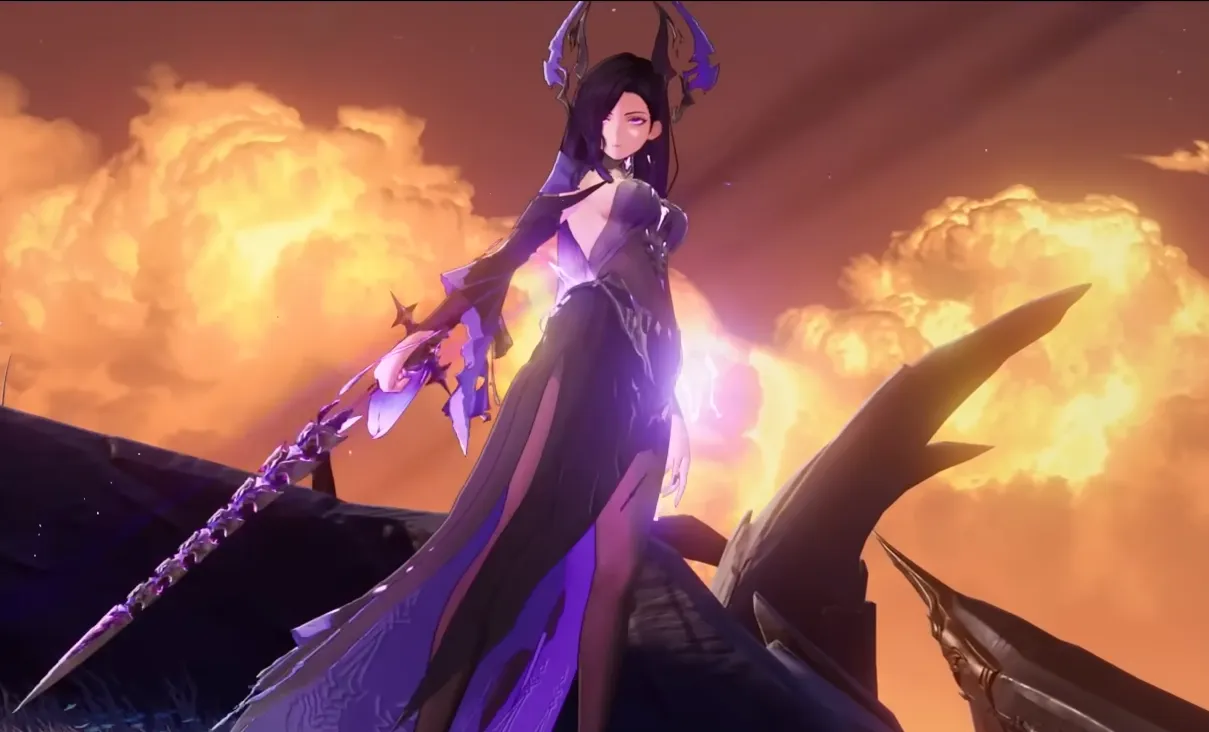Duet Night Abyss layers a lightweight role‑play system over a fast, close‑quarters action game. Two mechanics drive most of your decision‑making: Impressions, which govern dialogue checks and rewards, and a strict elemental advantage system that heavily shapes which teams you bring to a fight. If you keep both in view — and plan for endgame stages that demand two full squads — the grind gets a lot smoother.
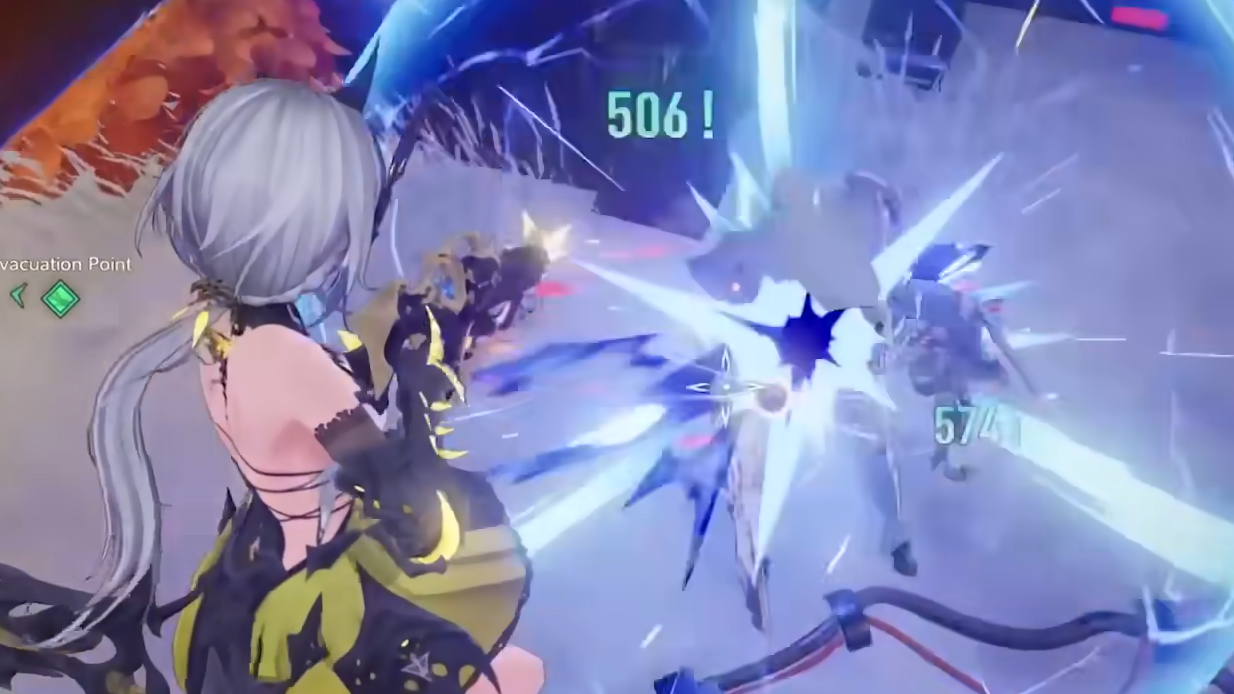
Impressions: the five stats and what Morality does
Dialogue choices adjust how characters see you across five attributes. You’ll hit “impression checks” that require a roll to proceed or to claim a reward, so progressing these evenly pays off later.
| Impression | What raises it |
|---|---|
| Benefit | Practical, utilitarian choices that gain an immediate advantage. |
| Morality | Ethically correct responses — owning up, being honest when deception would help. |
| Chaos | Harsh, rude, or disruptive replies. |
| Empathy | Kind, comforting, or compassionate options toward NPCs. |
| Wisdom | Replies that show foresight or experience rather than taking things at face value. |
Impression checks: dice rolls, difficulty, and rerolls
- Checks use a d10 roll against a listed difficulty. Roll higher than the difficulty to pass and collect the reward.
- If you fail, the option isn’t locked out — you can reroll if you have more d10 dice or return later after raising the relevant stat.
- Because later checks trend higher, spreading points across all five stats reduces reroll friction.
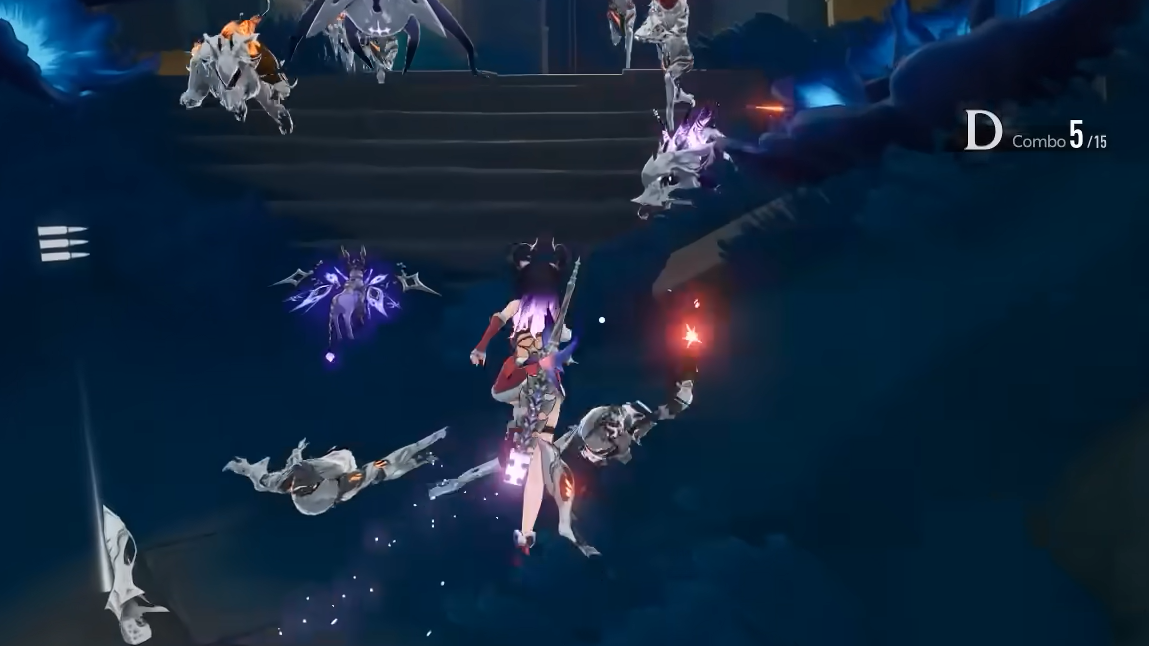
Elemental advantage: why mixed rosters underperform
Enemies come in six elements: Pyro, Hydro, Anemo, Electro, Lumino, and Umbro. Element matchups are not subtle here — they’re decisive.
| Element | Advantaged against | Notes |
|---|---|---|
| Hydro | Pyro | Deals greatly increased damage when advantaged; deals reduced damage otherwise. |
| Pyro | Anemo | Same rules as above. |
| Anemo | Electro | Same rules as above. |
| Electro | Hydro | Closes the loop back to Hydro. |
| Lumino | Umbro | Directly opposed to Umbro; strong only against each other. |
| Umbro | Lumino | Directly opposed to Lumino; strong only against each other. |
The swings are severe: advantaged hits are massively higher, while non‑advantaged elements suffer substantial penalties. In practice, that means you should build at least one team per element. Two special notes:
- Each element applies a periodic bonus effect. Lumino extends the duration of all active bonus effects.
- Umbro slows enemy stance recovery, helping stagger windows last longer.
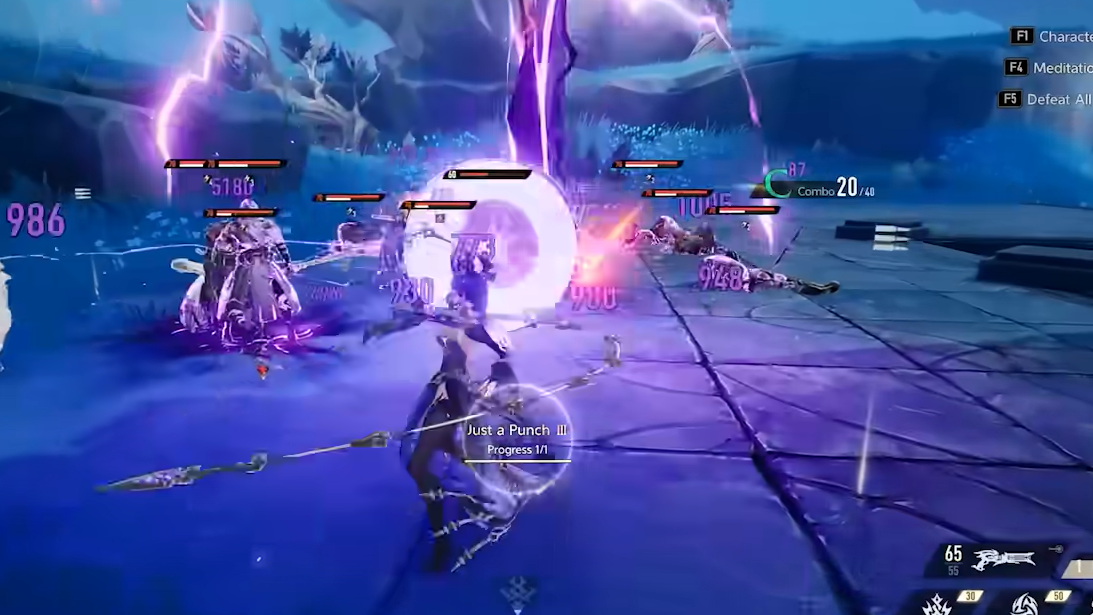
Team templates that work now
Here are reliable three‑unit shells to slot your roster into. The core idea: run one main DPS keyed to the stage weakness, then stack supports that provide universal buffs, healing, or shields that don’t conflict with the elemental penalty rules.
| Team | Core DPS | Support 1 | Support 2 | Why it works |
|---|---|---|---|---|
| Hydro | Rebecca | Truffle & Filbert | Tabethe | Rebecca spreads DoTs on kill; T&F bring healing and damage boosts; Tabethe’s tentacles add Hydro damage, immobilize, and grant teamwide Skill DMG +8%. |
| Electro (1) | Rhythm | Truffle & Filbert | Randy | Rhythm’s high‑mobility aura shreds packs; T&F sustain; Randy adds shields, damage, and team DEF +15% for safer clears. |
| Electro (2) | Sibylle | Truffle & Filbert | Randy | Same shell if you prefer Sibylle’s kit. |
| Anemo (1) | Psyche | Daphne | Truffle & Filbert | Psyche benefits from Resolve mechanics and shields; Daphne provides healing and a large CRIT buff; T&F add healing and Resolve +15%. |
| Anemo (2) | Outsider | Daphne | Truffle & Filbert | Same synergy with Outsider as the driver. |
| Pyro (1) | Lynn | Hellfire | Daphne | Hellfire taunts, self‑heals, and buffs Pyro ATK +40%; Lynn provides main damage; Daphne stabilizes and buffs CRIT. |
| Pyro (2) | Yale & Olivert | Hellfire | Truffle & Filbert | Alternate Pyro driver with the same Hellfire aura and T&F sustain. |
| Pyro (3) | Margie | Hellfire | Truffle & Filbert | Third Pyro option if Margie is built. |
| Umbro | Berenica + Phantasio | Daphne | — | Dual‑DPS shell where Berenica and Phantasio boost each other’s ATK (+40% and +50% respectively); Daphne’s CRIT and heals keep uptime high. |
| Lumino (1) | Lisbell | Daphne | Protagonist | Lisbell leads; Daphne covers sustain/CRIT; Protagonist provides shielding, extra CRIT, weapon damage, and trigger probability. |
| Lumino (2) | Lady Nifle | Truffle & Filbert | Protagonist | Alternative Lumino driver with reliable healing and utility. |
Farming and speed‑clear shells
For open‑world or mob‑dense content, two picks stand out:
- Rebecca + Truffle & Filbert + Tabethe: kill‑spread Hydro DoTs plus constant AoE from jellyfish and tentacles.
- Rhythm + Truffle & Filbert + Tabethe: sprinting through packs with a damaging field while Tabethe locks groups in place.
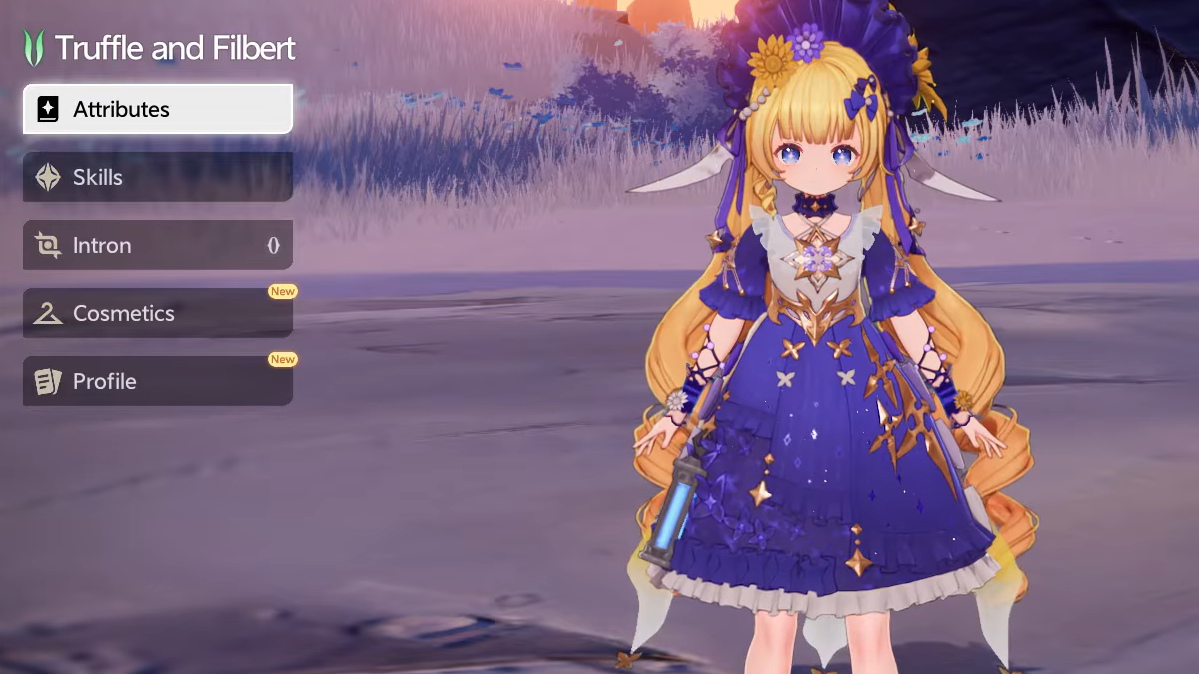
Endgame requirement: two teams for Immersive Theatre
Immersive Theatre expects two full teams. If you’re early or free‑to‑play, you can cover most weak points with:
| Squad | Units | Role |
|---|---|---|
| Squad A | Lisbell (Lumino), Daphne (Anemo), Protagonist (Lumino) | Lumino‑centric clear with shields, CRIT, and weapon damage uptime. |
| Squad B | Rebecca (Hydro), Truffle & Filbert (Anemo), Berenica (Umbro) | Hydro‑driven crowd control and DoTs, with Berenica covering Umbro checks. |
Adjust drivers to the stage’s elemental weakness. Swapping in the right element is worth far more than incremental upgrades on a mismatched team because of the large damage penalties.
Weapon choice: close versus mid‑range
Early on, two firearm styles define your pace. Screamshot hits harder the closer you are, but its effective range is short; it suits players who like diving in, tagging a target at point‑blank, and disengaging. Osteobreaker is the other viable option, trading extreme proximity damage for a different rhythm and effects. Pick the one that matches how you naturally approach fights.
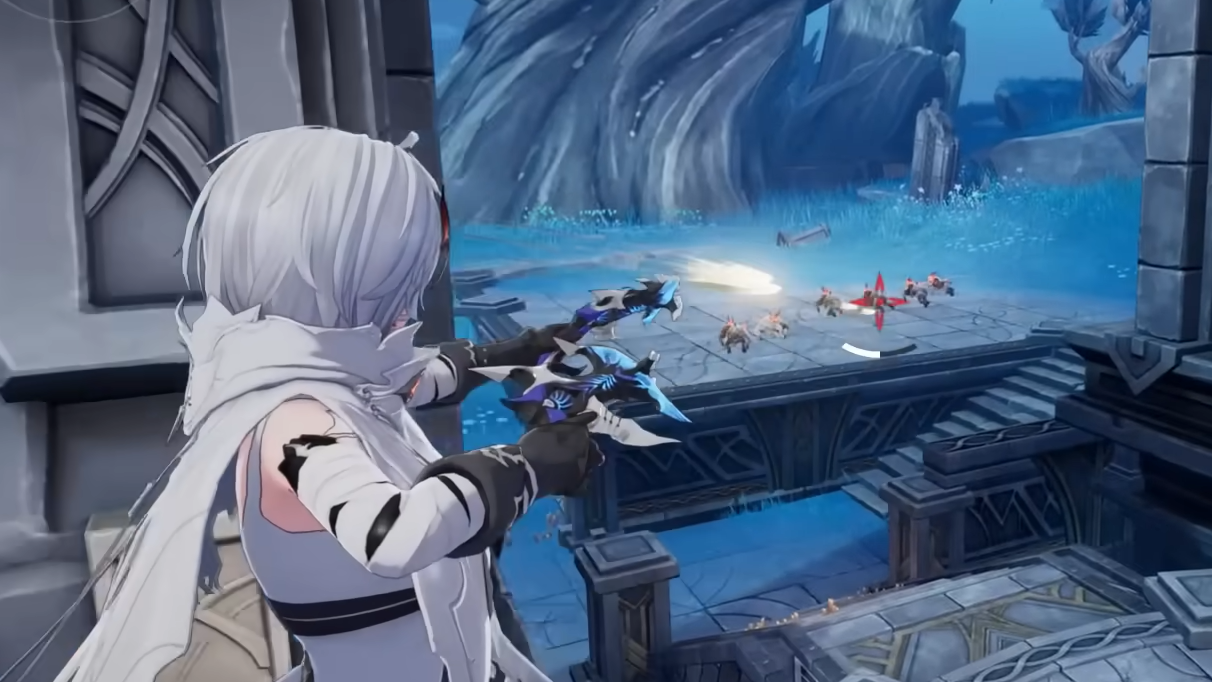
The game rewards balance. Spread your Impressions so high‑level checks don’t stall you, build one team per element because non‑advantaged damage falls off sharply, and plan two squads for Immersive Theatre. From there, lean into the weapon style that keeps you in control — whether that’s a point‑blank blast or a more measured approach — and let the elemental matchups do the heavy lifting.

